Lowering the centerboard and "tacking" can make rowing to weather easier than fighting the wind head on. Christopher Cunningham
Christopher Cunningham
Join The Conversation
We welcome your comments about this article. To include a photo with your remarks, click Choose File below the Comment box.
Comments (5)
Comments are closed.

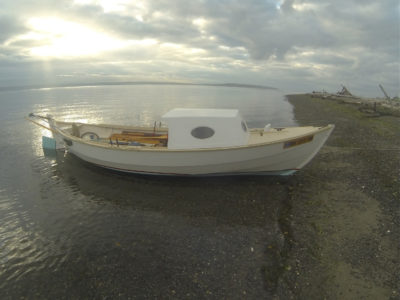
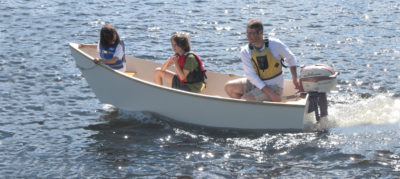
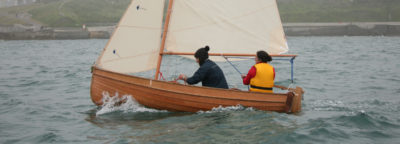

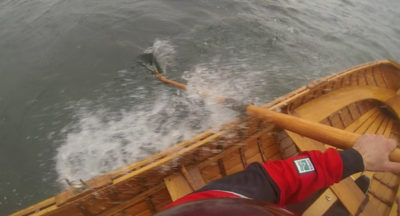
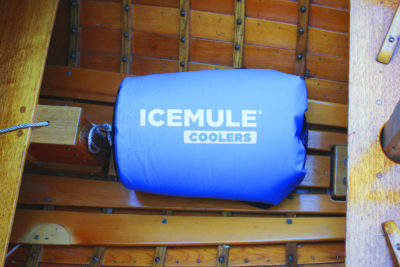
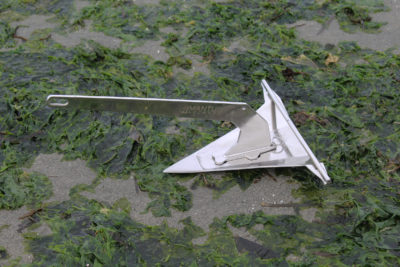
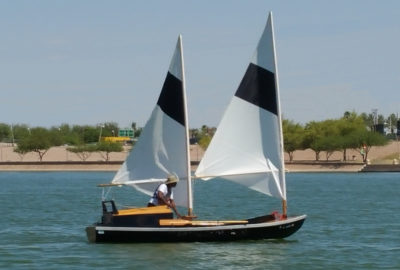
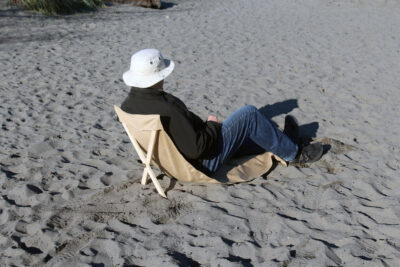
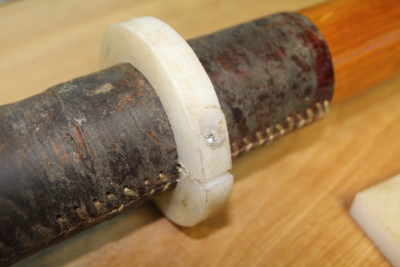
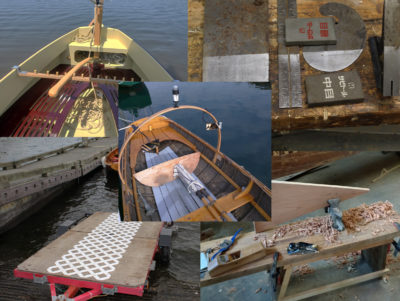
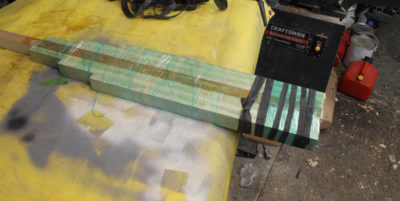
Well, heck. It looks like I’ll have to incorporate a modified centerboard, along with a trim rudder on my rowing boats. Dropping the centerboard (or a lee board on a dory) in a stiff headwind makes perfect, intuitive sense. Great info!
Never even thought to try that in my Whitehall. I will reinstall the centerboard next season and give it a shot. I deal with going upwind by shifting to the front station, raising the stern a bit to produce weather vane effect to keep bow from falling off. Makes a huge difference.
When paddling a canoe against strong headwinds the same results are accomplished by quartering into the wind. Both overall speed increased and effort reduced.
The expedition rowing craft vaguely forming in my mind includes a board or foil of some sort. It also includes flexibility in large or small increments for rowing position, and/or easily adjustable and secure trim ballast.
I do not bring the rudder along for my heavy-wind rowing forays. Not sure the payoff is there. You definitely feel the drag of these appendages, but the centerboard seems to be helpful as I have described.
Good advice from experience, Eric. My rowing Walkabout is easiest “tacked” into winds over 20, but it takes effort at the oars to keep on track and the keel-less bottom tends to slide off to lee. I put off making a rowing leeboard after experiments showed it was not much help “parking” in high winds (really need the drogue for keeping bow to wind), but will try it again as an aid to rowing. Thanks for the article.
Any details on what you are imagining for an expedition rowing craft? That is intriguing…